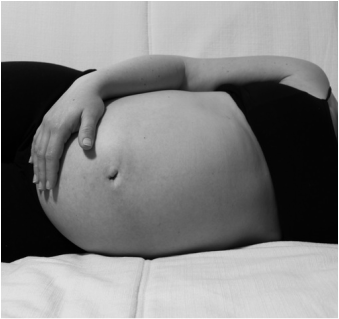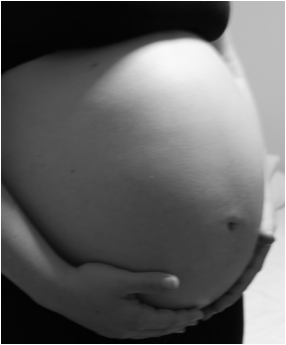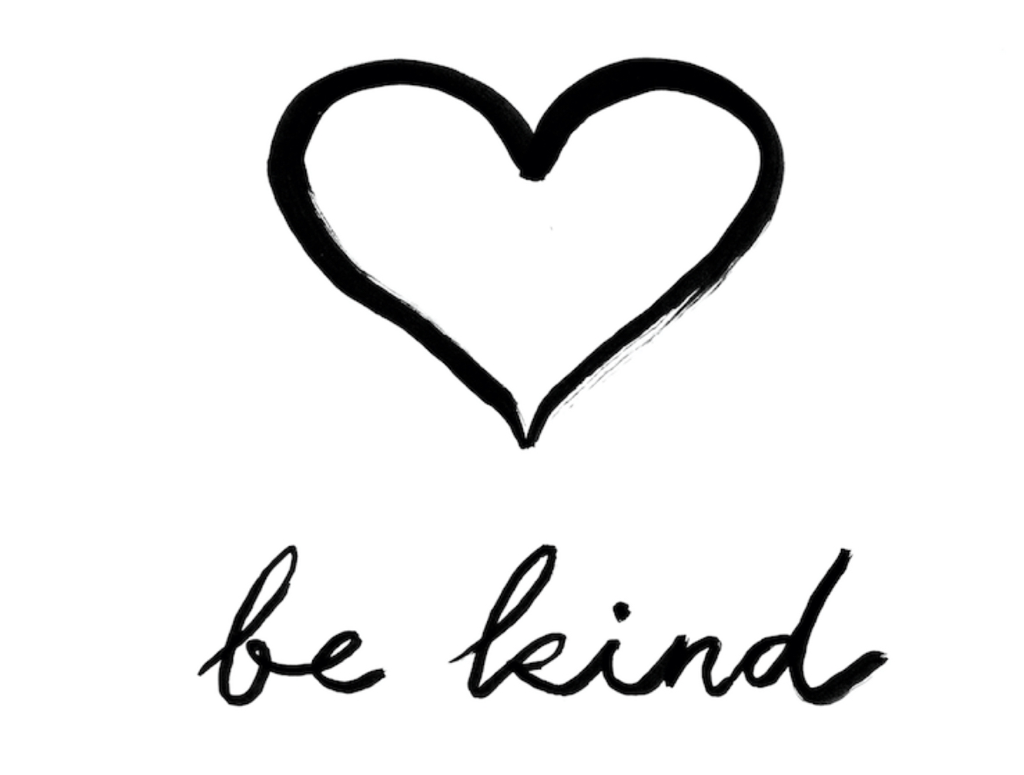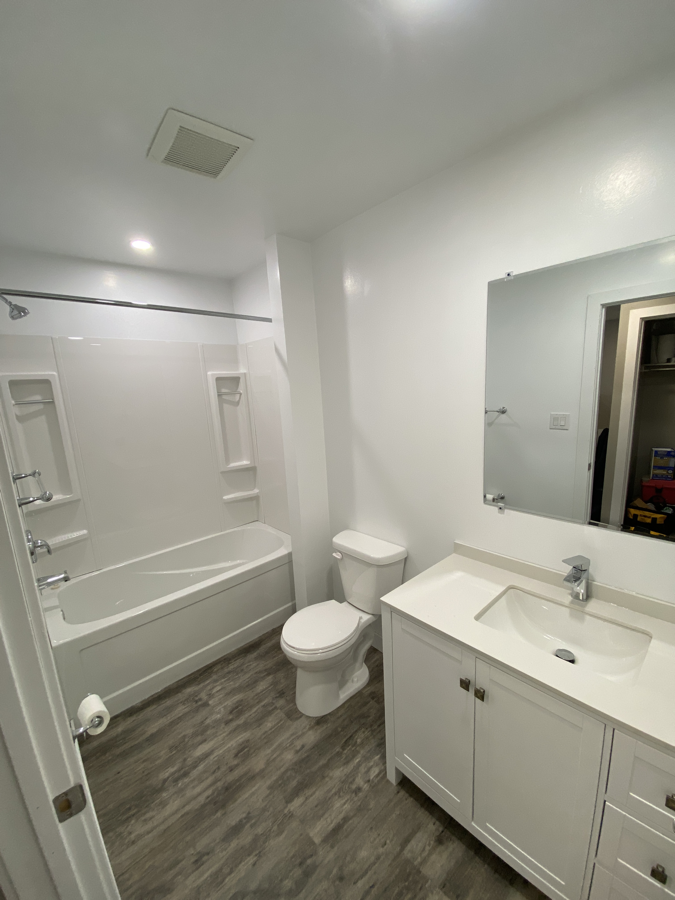Advanced Pregnancy Massage
Massage is the perfect way to relieve any discomfort that may be experienced throughout any or all stages of pregnancy. It can also help to boost your energy levels. Advanced Pregnancy Massage is designed to be safe and appropriate during all trimesters of pregnancy and into the postpartum stage.
|
The primary focus of a pregnancy massage treatment should not be to overstimulate, but to provide a feeling of nurturing relaxation. Your body is experiencing many changes, not only with your growing tummy but also with increases to blood volume and interstitial fluid (which often contributes to swelling in the extremities) and elevated levels of hormones including Relaxin and Prolactin. One of the biggest changes during pregnancy is posture. The rib cage expands, the abdominal muscles are stretched and become weak and the hips widen and rotate, which in turn can alter your lumbar (low back) and cervical (neck) posture. Your posture can have a direct affect of the position of baby. Good posture promotes a healthy pregnancy. In a pregnancy massage treatment your RMT will use safe and comforting techniques to help minimize the strain on the muscles and joints most commonly affected. This includes massage to the back, hips, legs, shoulders, neck and in later stages of pregnancy even a light tummy massage (this can be very soothing to the muscles and ligaments especially of the lower abdomen).
|

Positioning
During the first trimester of pregnancy, massage can be given in the prone position (face down on your tummy) or in a supine position (face up), unless it is uncomfortable.
After 14 weeks, the safest positioning for mom-to-be and baby is in a side-lying position, properly supported with pillows or cushions, or in a semi-reclined position, supported with a wedge or pillows. In a side-lying position, pillows are used to support your cervical spine and head, waist and uterus, and between the legs to promote proper alignment of your spine and pelvis providing a safe, comfortable and stable positon for massage. The semi-reclined postion allows you to be face-up without lying flat on your back, this is achieved by either stacking pillows or using a large wedge to ensure proper blood flow and circulation. These positions are continued throughout your pregnancy until delivery. Lying in a prone position (face-down) may contribute to strain of your lumbar, pelvic and uterine structures, even if supported on a pregnancy massage table. This can shorten the muscles of your lower back and may even compress the vertebrae, contributing to back and hip pain. In this face-down position, your sacroiliac joints rotate, adding pressure to the sacroiliac ligaments and uteran structures, in particular the sacrouterine ligaments. Often these areas are under added stress during pregnancy due to the shift in your centre of gravity and the many postural changes that accompany pregnancy. Some woman become congested during pregnancy and the face cradle may exacerbate sinus pressure when in the prone position. Lying supine (face-up) can cause the uterus to lay on the inferior vena cava, and may restrict blood flow, causing low blood pressure and can negatively impact circulation to baby. For these reasons our RMT's recommend side-lying, semi-reclined or seated positioning for prenatal massage therapy.
For massage therapy post-natal, positioning depends on your comfort. In the early stages after birth or with breastfeeding, side-lying or seated may be the most comfortable. It is safe to resume prone and supine positioning for massage as soon as you feel comfortable in that position. We welcome new moms to bring baby with you to your appointment if necessary.
During the first trimester of pregnancy, massage can be given in the prone position (face down on your tummy) or in a supine position (face up), unless it is uncomfortable.
After 14 weeks, the safest positioning for mom-to-be and baby is in a side-lying position, properly supported with pillows or cushions, or in a semi-reclined position, supported with a wedge or pillows. In a side-lying position, pillows are used to support your cervical spine and head, waist and uterus, and between the legs to promote proper alignment of your spine and pelvis providing a safe, comfortable and stable positon for massage. The semi-reclined postion allows you to be face-up without lying flat on your back, this is achieved by either stacking pillows or using a large wedge to ensure proper blood flow and circulation. These positions are continued throughout your pregnancy until delivery. Lying in a prone position (face-down) may contribute to strain of your lumbar, pelvic and uterine structures, even if supported on a pregnancy massage table. This can shorten the muscles of your lower back and may even compress the vertebrae, contributing to back and hip pain. In this face-down position, your sacroiliac joints rotate, adding pressure to the sacroiliac ligaments and uteran structures, in particular the sacrouterine ligaments. Often these areas are under added stress during pregnancy due to the shift in your centre of gravity and the many postural changes that accompany pregnancy. Some woman become congested during pregnancy and the face cradle may exacerbate sinus pressure when in the prone position. Lying supine (face-up) can cause the uterus to lay on the inferior vena cava, and may restrict blood flow, causing low blood pressure and can negatively impact circulation to baby. For these reasons our RMT's recommend side-lying, semi-reclined or seated positioning for prenatal massage therapy.
For massage therapy post-natal, positioning depends on your comfort. In the early stages after birth or with breastfeeding, side-lying or seated may be the most comfortable. It is safe to resume prone and supine positioning for massage as soon as you feel comfortable in that position. We welcome new moms to bring baby with you to your appointment if necessary.
|
Benefits of Massage Therapy during Pregnancy:
- very relaxing for mom-to-be and baby, and reduces stress - helps to promote healthy posture - decreases back and hip pain - relieves muscle cramps, spasms and myofascial pain - health of baby is enhanced due to increased lymph/blood circulation - helps to promote healthy positioning for baby - boosts immune system - reduces stress on weight-bearing joints - may help to reduce swelling - enhances the pliability of skin and underlying tissues - maximizes breathing which can feel restricted in the later stages of pregnancy - promotes better quality sleep with fewer interuptions - prepares the body for labour |
Benefits of Massage Therapy Post-natal:
- reduces stress and promotes relaxation and a clear mind - reduces tension and relieves sore muscles from labour and delivery or c-section - helps promote good posture for breastfeeding, carrying baby and other activities associated with having a new born - contributes to getting your body back to pre-baby functionality - can help to eliminate excess fluids and reduce fluid retention - stimulates the skin tone in areas that had been over-stretched during pregnancy - promotes circulation - may help you cope with emotions that can be experienced after birth - helps promote sleep - gives you a feeling of being restored and rejuvenated, and helps keep your energy levels up |
Our RMT's are highly trained in the physiological and emotional changes of the body that can encompany pregnancy. They have taken multiple advanced courses specializing in Pregnancy Massage, and they have personally experienced pregnancy, labour and delivery giving them experience that cannot be taught.
With regular massage treatments throughout your pregnancy you help keep the effects of hormonal and postural changes to a minimum and help prepare your body for labour and delivery. For pregnancy massage we recommend following a similar schedule to that of your appointments with your Doctor or Midwife, 1x/month until 28 weeks, 2x/month until 34 weeks, and 1x/week until full term or labour/delivery.
Massage can be very beneficial during the different stages of labour. Although we do not offer in home or hospital massage treatments, we will demonstrate and educate you about specific techniques that may help your spouse/birth partner assist you during labour. We will also discuss different positioning and exercises that can help with pain management during labour.
|
Treatments are payable by cash, cheque, e-transfer or debit/credit at the time of your appointment. |



